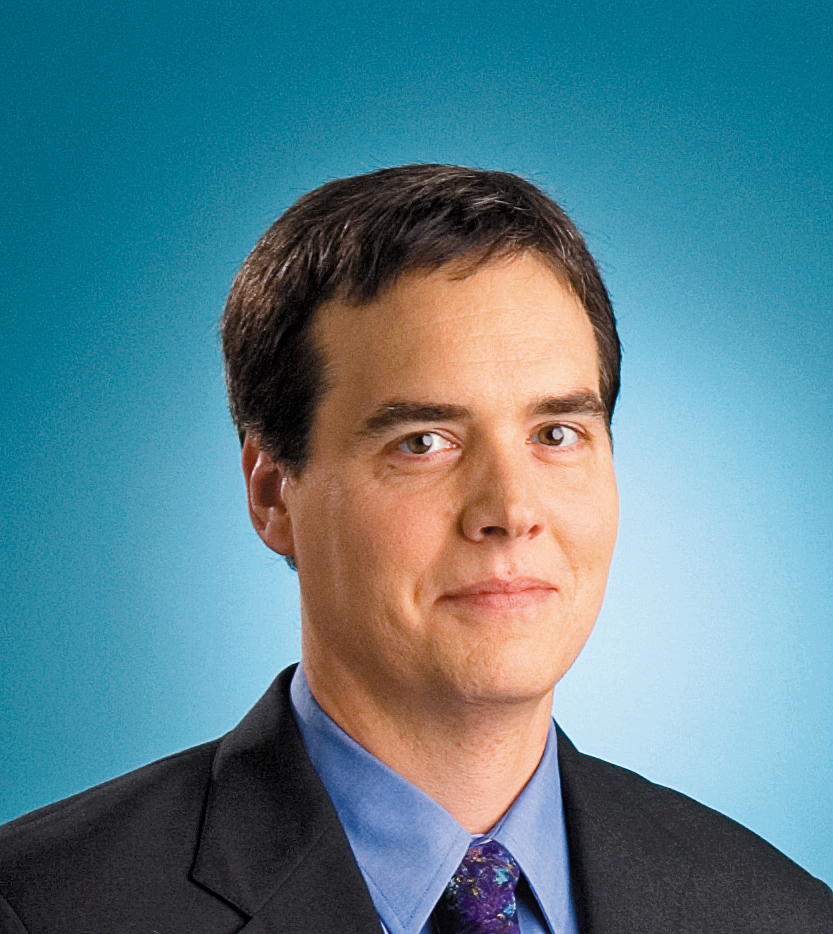Article
3 surgical tips for ECP combined with phaco
Thorough treatment of the ciliary processes-combined with measures for minimizing postoperative IOP spikes and inflammation-will lead to improved outcomes when performing endoscopic cyclophotocoagulation with cataract surgery.
TAKE HOME:
Thorough treatment of the ciliary processes-combined with measures for minimizing postoperative IOP spikes and inflammation-will lead to improved outcomes when performing endoscopic cyclophotocoagulation with cataract surgery.

Dr. Noecker
By Cheryl Guttman Krader; Robert J. Noecker, MD, MBA
Fairfield, CT-Endoscopic cyclophotocoagulation (ECP) can be performed in combination with cataract surgery without any need for surgeons to modify their standard cataract technique.
However, to optimize the efficacy and safety of ECP, surgeons should take care to treat the ciliary processes fully, avoid postoperative IOP spikes, and minimize inflammation, said Robert J. Noecker, MD, MBA, director of glaucoma, Ophthalmic Consultants of Connecticut, Fairfield, CT.
1. Fully treat the ciliary processes.
Dr. Noecker observed that inadequate treatment of the ciliary processes is perhaps the biggest mistake surgeons make when performing ECP in combination with cataract surgery. To enable 360° treatment of the ciliary processes, Dr. Noecker said he inserts the laser through two incisions-the primary temporal cataract incision and a superonasal incision made 120° away.
However, he also pointed out that treatment of the posterior aspect of the ciliary processes is another component to achieving thorough treatment, and that can be accomplished by treating through the capsule.
“When performing ECP through an anterior approach, it is impossible to treat all of the ciliary epithelium because the anatomy limits full access,” Dr. Noecker said. “That is the reason why surgeons are sometimes disappointed with the outcome of ECP in phakic patients.
“Therefore, a good tip when combining ECP with cataract surgery is to treat the ciliary processes through the capsule,” he said.
2. Avoid postoperative IOP spikes.
All cataract surgeons recognize the importance of meticulous removal of viscoelastic at the end of the case in order to avoid postoperative IOP spikes, and the need is even greater when combining cataract surgery with ECP for two reasons. Dr. Noecker explained that the combined procedure involves placing more viscoelastic into the eye-into the capsular bag as well as in the area of the zonules.
In addition, there is no buffer against viscoelastic-related IOP spikes with ECP, because unlike some other glaucoma procedures that may be combined with cataract surgery, ECP does not increase outflow and lead to an immediate decrease in IOP.
Since the zonules are semipermeable to the viscoelastic, surgeons should be spending about twice as much time as they normally would during irrigation and aspiration to remove viscoelastic. Thoroughness may also necessitate going behind the iris, Dr. Noecker said.
Also to minimize IOP spikes, Dr. Noecker recommended aggressive prophylaxis with IOP-reducing medications, including oral acetazolamide and topical agents.
In addition, existing glaucoma medications should be continued while awaiting the onset of the ECP treatment effect.
3. Minimize inflammation
With recognition of the importance of minimizing inflammation when performing ECP, the first consideration for surgeons is to be careful in their technique.
“If you see bubbles when performing ECP, you are overtreating,” Dr. Noecker said. “The patient may still get a benefit from the procedure, but you will have given something up by causing inflammation.”
Secondly, surgeons should be aggressive with their approach to anti-inflammatory treatment. To suppress inflammation and improve patient comfort, Dr.Noecker recommended having the anesthesiologist administer intravenous dexamethasone.
In addition, he administers dexamethasone by intracameral injection at the end of the procedure and treats patients aggressively postoperatively with a potent topical corticosteroid.
Robert J. Noecker, MD, MBA
E: noeckerrj@gmail.com
Dr. Noecker is a paid consultant to and on the speakers’ bureau for Endo Optiks. He is also a paid consultant to, speakers’ bureau member, and/or receives research support from other companies with products for glaucoma management.
Subscribe to Ophthalmology Times to receive the latest clinical news and updates for ophthalmologists.
Newsletter
Don’t miss out—get Ophthalmology Times updates on the latest clinical advancements and expert interviews, straight to your inbox.





